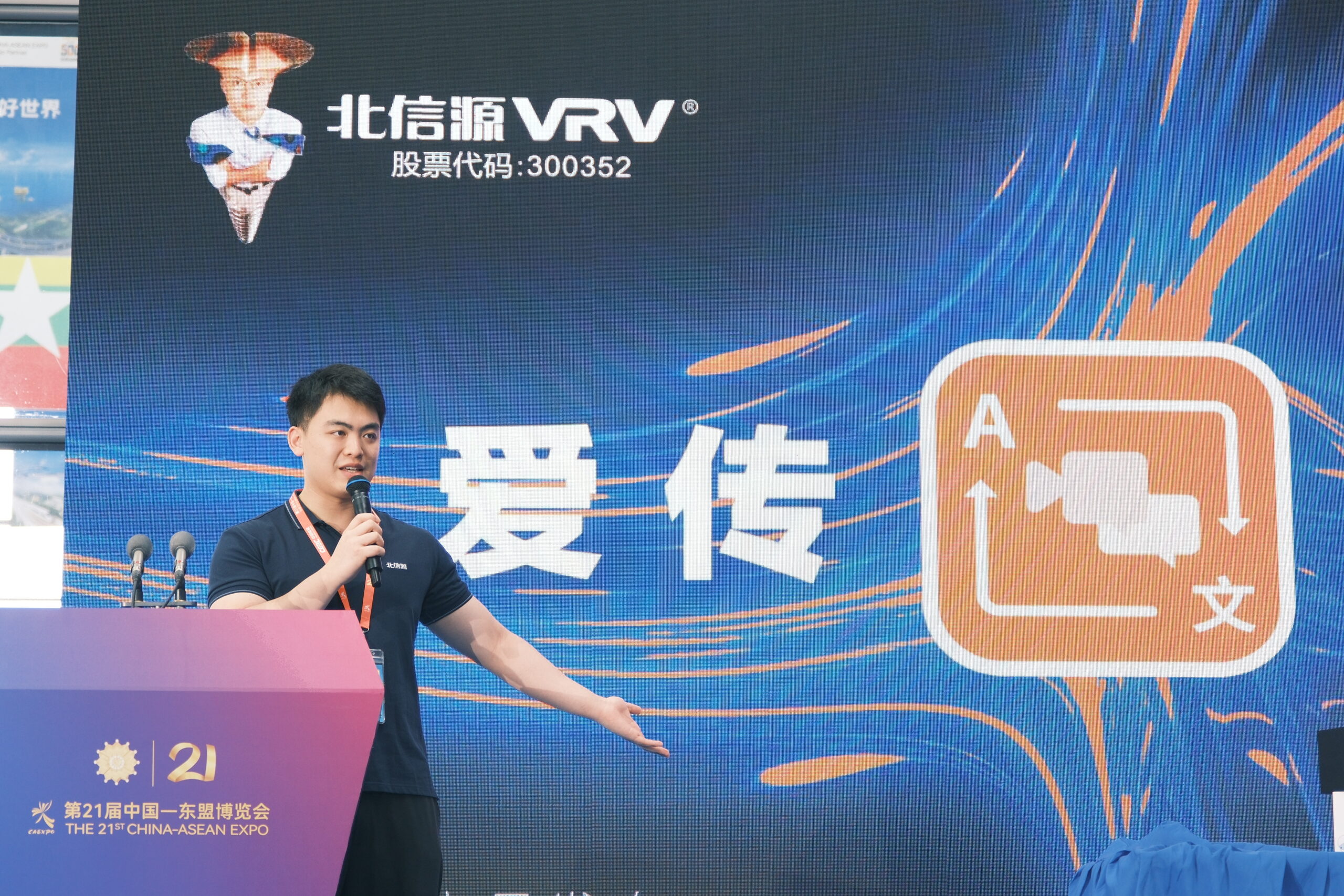As machine translation (MT) tools—from Google Translate to DeepL—become ubiquitous, language educators and researchers are asking: will college students actually adopt these technologies to support their foreign‑language studies? A recent study integrates two proven frameworks—the Unified Theory of Acceptance and Use of Technology (UTAUT) and Task‑Technology Fit (TTF)—to paint a richer picture of the drivers and barriers shaping student acceptance of MT in the classroom. Below, we unpack the key findings, explore additional angles the original article didn’t cover, and discuss practical implications for learners and instructors.

Theoretical Foundations
UTAUT: Proposes four core determinants of technology use—Performance Expectancy (PE), Effort Expectancy (EE), Social Influence (SI), and Facilitating Conditions (FC)—plus moderating factors like gender and experience.
TTF: Suggests that technology adoption hinges on the match between the features of the tool and the demands of the task. If an MT system aligns well with learners’ translation or comprehension tasks, uptake is more likely.
By combining these, the study examines not just whether students see MT as useful and easy to use (UTAUT), but also whether MT actually meets the specific demands of language‑learning tasks (TTF).
Key Findings
- Performance Expectancy Reigns Supreme:
Students who believed MT would improve their reading comprehension and writing accuracy were far more inclined to use it. This included perceptions of faster homework completion and better vocabulary acquisition. - Task‑Technology Fit Matters:
MT tools that offer features like editable output, side‑by‑side source and translation text, and integrated dictionaries scored higher on TTF—and drove greater intention to adopt. - Effort Expectancy Is a Gateway:
If students found the MT interface intuitive, with minimal manual correction required, they were more likely to experiment and eventually incorporate it into study routines. - Social Influence Thermalizes Use:
Peer recommendations—especially from native‑speaker tutors or advanced classmates—strongly encouraged hesitant learners to try MT tools. - Facilitating Conditions: The Missing Link:
Surprisingly, institutional support (e.g., clear guidance from instructors, availability of campus‑licensed MT platforms) had a weaker direct effect on adoption intent, suggesting that students often rely on freely available consumer tools. - Moderating Factors:
- Language Proficiency: Beginners used MT more for comprehension, while advanced students leveraged it for nuance checking in writing.
- Cultural Attitude: Students with growth‑mindset beliefs about technology were more willing to integrate MT, whereas those who saw translation as a “pure skill” preferred to avoid it.
Expanding the Picture: What the Study Didn’t Address
- Longitudinal Effects on Learning Outcomes:
While the study gauges intention to use MT, it stops short of measuring long‑term impacts on language proficiency. Future research could track cohorts over a semester to see if MT reliance correlates with gains (or plateaus) in reading, writing, and speaking skills. - Cognitive Load and Error Correction:
MT output often requires post‑editing. Understanding how much cognitive effort students expend correcting mistranslations—and whether that effort itself fosters deeper learning—could illuminate both benefits and pitfalls. - Ethical and Academic Integrity Concerns:
As MT becomes more accurate, lines between legitimate tool use and academic dishonesty blur. Institutions may need to craft clear policies that distinguish between allowed assistance (e.g., draft comprehension) and prohibited shortcuts (e.g., wholesale essay generation). - Cross‑Lingual Transfer and Metalinguistic Awareness:
MT can expose learners to multiple translation variants. Investigating whether this boosts comparative understanding of grammar and register across languages could reveal a metalinguistic advantage. - Accessibility and Inclusion:
MT tools with screen‑reader integration and adjustable text sizes can support learners with dyslexia or visual impairments, yet this dimension remains underexplored.

Practical Implications for Educators and Institutions
- Curate Recommended MT Platforms: Introduce students to MT tools that excel in task fit—those offering post‑editing workflows and comprehensive lexicons—rather than leaving them to discover suboptimal apps on their own.
- Embed MT Training in Curricula: Short workshops demonstrating best practices (e.g., how to verify and refine MT output) can boost both Effort Expectancy and Facilitating Conditions, anchoring MT as a legitimate study aid.
- Design Hybrid Assignments: Pair MT use with reflection tasks—ask students to identify three errors in MT output and correct them. This encourages metacognitive engagement and helps prevent overreliance.
- Foster a Culture of Ethical Use: Clearly distinguish acceptable uses (e.g., draft translations, pre‑reading support) from disallowed practices. Honor codes and rubric guidelines can reinforce these boundaries.
- Leverage Peer Influence: Train advanced students or language‑tech “champions” to mentor peers in effective MT strategies, amplifying positive Social Influence.
Frequently Asked Questions
Q: What does UTAUT stand for, and why combine it with TTF?
A: UTAUT is the Unified Theory of Acceptance and Use of Technology, focusing on beliefs—like usefulness and ease of use—that predict tech adoption. Task‑Technology Fit adds the practical dimension of whether the tool truly matches learners’ specific tasks, yielding a more complete adoption model.
Q: Are all machine‑translation tools equally effective for language learners?
A: No. Tools that offer editable translations, context menus with definitions, and customizable language pairs (e.g., DeepL Pro) generally provide a better task fit than basic free apps.
Q: Could reliance on MT hinder genuine language acquisition?
A: Without reflective post‑editing, yes—students may fail to internalize grammar and vocabulary. Structured activities that require error correction can mitigate this risk.
Q: How should academic integrity policies address MT use?
A: Policies should encourage transparent use—e.g., requiring students to annotate sections generated by MT and describe their editing process—while forbidding uncredited wholesale use for graded assignments.
Q: Does MT support speaking skill development?
A: Indirectly. While MT is weakest for spoken‑language learning, exposure to accurate sentence structures can inform pronunciation practice and conversational drilling.
Q: Will MT ever replace human translators in education?
A: Unlikely. Human insight remains vital for cultural nuance, idiomatic expressions, and creative writing. MT is best positioned as an assistive tool, not a replacement.
Q: How can institutions measure the impact of MT training?
A: Pre‑ and post‑intervention assessments of error detection ability, translation accuracy in student work, and learner self‑efficacy surveys can quantify outcomes.
Q: Should MT use be mandatory in foreign language classes?
A: Rather than mandatory, MT integration should be optional—offered as a scaffold for comprehension and writing tasks, with clear pedagogical guidance.
Q: Are there language pairs where MT is particularly weak?
A: MT struggles most with low‑resource languages and those with complex morphology (e.g., Hungarian, Finnish). In such cases, complementary bilingual glossaries and human support are essential.
Q: What’s next in research on MT in education?
A: Future studies should explore AI‑driven adaptive MT, which personalizes suggestions based on a learner’s proficiency level, and the longitudinal effects of sustained MT use on language acquisition.

Machine translation holds immense promise as a scaffold in foreign‑language learning—but only when its adoption is guided by both users’ beliefs in its utility and its genuine fit for learning tasks. By leveraging insights from UTAUT and TTF, educators can design interventions that harness MT’s strengths, mitigate its weaknesses, and empower the next generation of multilingual learners.
Sources nature


